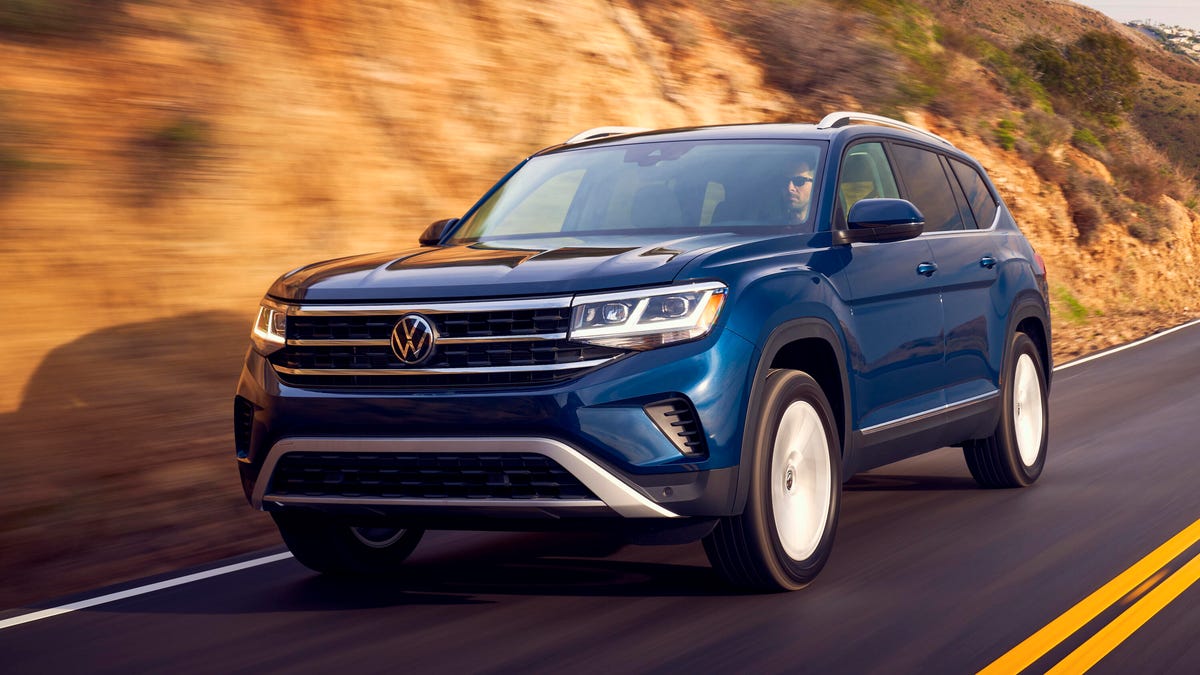Tires, not tailpipe emissions, could be the real pollution problem, study says
Non-exhaust emissions are totally unregulated, and big SUVs and trucks make the problem worse.
Tires don't create fumes like our cars' tailpipes do, right? Well, that's not exactly true, and they're likely a bigger problem than we previously thought, according to a new study.
Emissions Analytics released its latest study last week that showed tires can produce emissions 1,000 times worse than tailpipe emissions. We've heard a lot about how governments, specifically in Europe, are working to limit tailpipe emissions in new vehicles, but tires are a new area.
No, tires don't spew fumes by themselves, but the problem comes from their wear over time. As a car rolls down the road, a tire degrades and the particles enter the world. Not only tires, but brake wear and even road surface wear are big contributors to what Emissions Analytics calls non-exhaust emissions.
The proof is in the figures. The study took a typical European hatchback, fit it with high-quality tires and performed some measurements. The tires created 5.8 grams worth of pollution in a single kilometer, or about 0.16 ounces after 0.62 miles. Compared to European regulations that limit tailpipe emissions to 0.0045 grams per kilometer, it's a giant gap.
That's not all. The study noted it performed this test in near perfect conditions. If a driver's tires are underinflated, they drive over rougher road surfaces or a driver equipped their car with cheap, budget tires, the figure would grow.
Here in the US, we don't really dig small hatchbacks , or small cars in general. Instead, bigger and heavier vehicles are the norm, and they're likely contributing to the problem. Not to mention, electric cars aren't perfect, either. EVs weigh a lot more than a comparable vehicle, and more weight means more tire wear.
Maybe Goodyear's pill-fed tires have a bigger place in the future after all.


